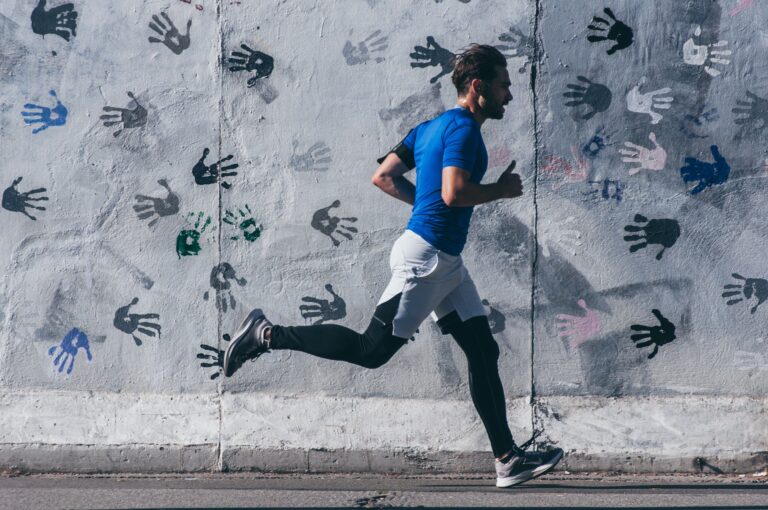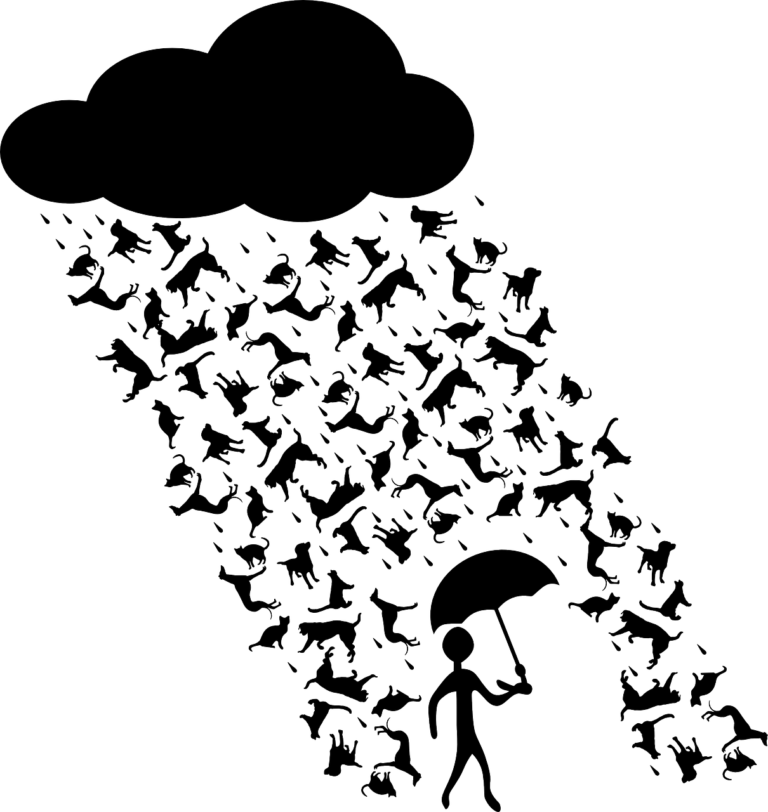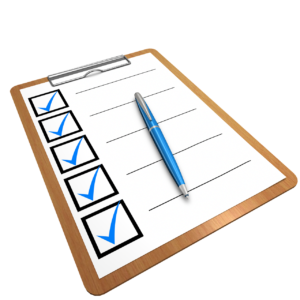Featured Image by alba1970 from Pixabay
Truly an important activity
It is widely accepted that individuals generally should exercise for at least half an hour each day to maintain ideal physical conditions. Exercising not only boosts your immune system, but it also helps to maintain a positive overall emotional well-being. Exercising prevents many common diseases, and can even bring individuals to meet new friends and gain insights in the process. If you have not yet begun to exercise, now might be a perfect time!
A basic guide to the types of exercises
According to healthline, the most common types of exercises include aerobic exercises, strength exercises, and exercises involving balance, stability, or flexibility. Believe it or not, every sport involves a certain combination of the above categories. Sure, when we picture soccer players, we will likely perceive strength to be a major aspect of their games. However, soccer players also generally have great stamina, as soccer games are often treated as marathons, with 90 minutes each game. With many teams playing games multiple times each week during busy seasons, soccer players also train aerobically as well.
What to do before picking up exercising as a hobby
The most important step that everyone must take before starting to exercise is to ensure that their current health enables them to pursue the type of exercise they desire to begin. Doing a physical medical examination is always a good choice, and this is often also a prerequisite for joining various sports teams or creating a program with trainers at the gym.
Many stick with exercises that do not require extra budgeting of money; rather, these sports usually only require time and dedication. Running is a great example: as long as you live near a trail (providing that the trail is not overly dangerous to use), you can take advantage of it. Specifically for running, a common target is 5 kilometers, at least five times a week. However, many find themselves unable to reach 5 kilometers starting from the very first session. A good way to increase the physical stamina would then be to pursue 1 km at the start, then incrementally increasing the distance to eventually 5 kilometers.
This method is especially effective, especially to cheer up those who are only beginning to exercise. Seeing that one’s capable of following through with mini-steps is crucial to building confidence for more, long-term, exercise plans.
Implementing rest days
Another good way to work out, but not burn out, is to exercise every other day; throughout the week, be sure to increase the intensity somewhat! For example, a swimmer can maybe swim for 20 laps on Monday, then rest on Tuesday, then swim for 30 more laps on Wednesday. This ensures that we are taking a holistic approach to exercising, and even permitting ourselves to indulge, just a little, in resting our bodies during the rest days! However, it is still effective as a fitness plan.
Warming up and cooling down
It is recommended that each training session is accompanied by a warm-up and cool-down session. Warming up and cooling down allows a “buffer time zone” which not only helps the body physically transition to and from the exercising state but also increases athletic performance. By warming up, such as doing simple actions like leg kicks and walking lunges, you are setting yourself up for a less painful (from the sudden muscle cramps) workout!
Conclusion
One of the biggest takeaways for exercising is to be flexible in creating the fitness plan, and improvise whenever it is necessary. This can include the types of exercises you are interested in, how long/much you would like to exercise, and whether to do it alone or with a couple of friends. Regardless, change the fitness plan whenever necessary to fit your priorities, as exercising truly takes place at infinite freedom, with no limits. Here is to a better health!








































 lotches decorating across the plane of the paper. He was a ruined artist, devoid of creativity or inspiration. His hands strangled locks of his hair in frustration, strands floating to the floor. He should give up. In the reflection, his face was filled with contempt and malice for himself. As the image of his grandfather crystallized in the reflection, his eyes widened in shock. Was he hallucinating? The familiar wrinkled lines
lotches decorating across the plane of the paper. He was a ruined artist, devoid of creativity or inspiration. His hands strangled locks of his hair in frustration, strands floating to the floor. He should give up. In the reflection, his face was filled with contempt and malice for himself. As the image of his grandfather crystallized in the reflection, his eyes widened in shock. Was he hallucinating? The familiar wrinkled lines 
 ure and humankind. A butterfly within a lightbulb. Passerbys wondered about this mystery. Was the butterfly trapped? Was the butterfly content in its solitude? Even as the seasons changed, the people changed, the butterfly in the lightbulb was a constant. It was an anchor in an ever-changing world. The rhythmic beating of its wings never eased and the small flicker of light never faded.
ure and humankind. A butterfly within a lightbulb. Passerbys wondered about this mystery. Was the butterfly trapped? Was the butterfly content in its solitude? Even as the seasons changed, the people changed, the butterfly in the lightbulb was a constant. It was an anchor in an ever-changing world. The rhythmic beating of its wings never eased and the small flicker of light never faded. ld only hear the sound of cicadas and the occasional lap of the water. Her last possession left of the shipwreck was a lamp, untouched and dry. Her fingers thumbed the carefully crafted ridges and the smooth curve lamp shade. The light flickered over her head, casting a faint glow over her features. The acrid smell of the sea clutched to her hair and clothes, bringing up the haunting memory of the shipwreck. She wondered when she would be saved. When someone notices her. Only time will tell. She sat there, waiting patiently.
ld only hear the sound of cicadas and the occasional lap of the water. Her last possession left of the shipwreck was a lamp, untouched and dry. Her fingers thumbed the carefully crafted ridges and the smooth curve lamp shade. The light flickered over her head, casting a faint glow over her features. The acrid smell of the sea clutched to her hair and clothes, bringing up the haunting memory of the shipwreck. She wondered when she would be saved. When someone notices her. Only time will tell. She sat there, waiting patiently. shing in the sky. Lush green pine trees towered over her, the branches spreading out like fractals over her head. She shouldn’t be here. A closed-off area, with a forbidden bridge. Exhilaration pulsed through her at the thought of the intrigue. The rhythmic thump of her backpack accompanied each step, the creak of the hanging bridge adding to the suspense. Each step was a climax in a story– will the bridge break or will it stay? Her hands ran along the chains of the bridge, a metallic smell coating her hands. And with the next step, the rusty chains broke, collapsing in on themselves, the bridge unfurling under her feet. That smell coated her body, before that that was all she could sense anymore.
shing in the sky. Lush green pine trees towered over her, the branches spreading out like fractals over her head. She shouldn’t be here. A closed-off area, with a forbidden bridge. Exhilaration pulsed through her at the thought of the intrigue. The rhythmic thump of her backpack accompanied each step, the creak of the hanging bridge adding to the suspense. Each step was a climax in a story– will the bridge break or will it stay? Her hands ran along the chains of the bridge, a metallic smell coating her hands. And with the next step, the rusty chains broke, collapsing in on themselves, the bridge unfurling under her feet. That smell coated her body, before that that was all she could sense anymore.